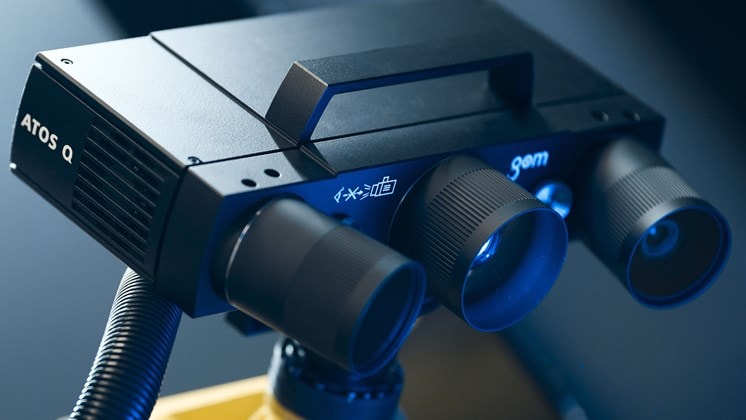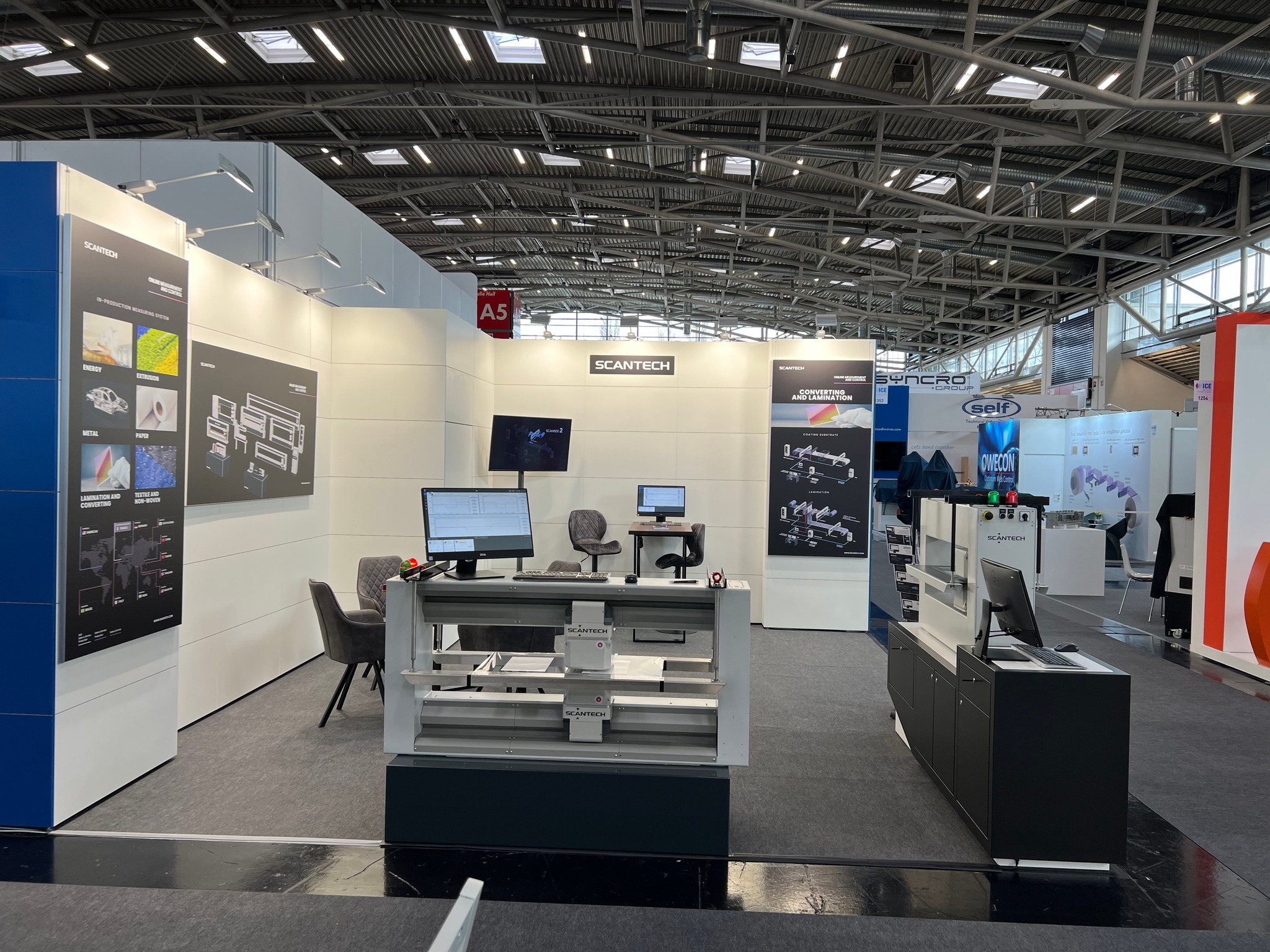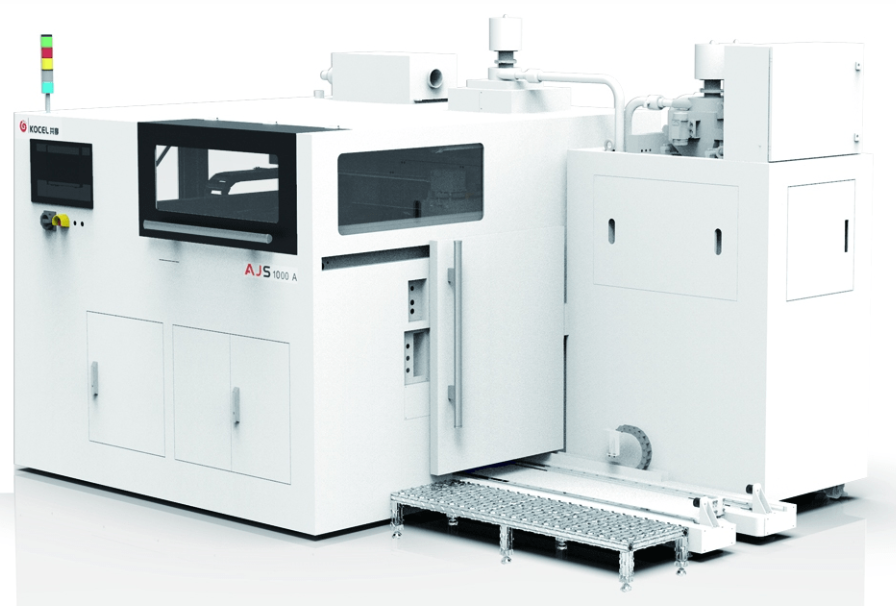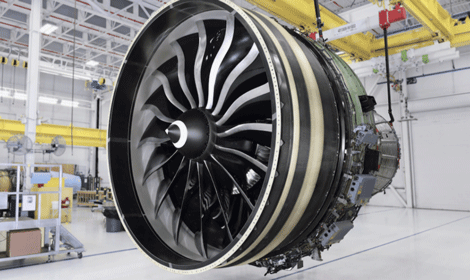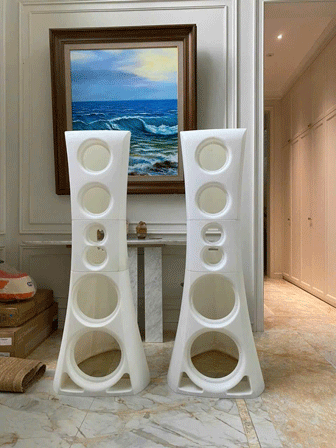The last two years (2015 and 2016) can be considered the turning point for direct metal 3D printing (DMP) in the aerospace industry as the technology increasingly moves beyond prototyping of production parts to get ready to fly.
During that time, Airbus Defense and Space worked with Metal 3D Printing Systems to achieve a major breakthrough: the first printed RF filter tested and validated for use in satellites commercial telecommunications. The project builds on studies conducted by the European Space Agency (A0/1-6776/11/NL/GLC: Modeling and Design of Optimized Waveguide Components Using Techniques 3D production).
Metal RF filters or waveguides date back to the first space communications systems nearly 50 years ago. Filters act as traffic police, allowing frequencies from selected channels to pass through and rejecting signals from signals outside those channels.
A major industry trend is to increase capacity for multiple beams within a satellite. A high-power satellite like the Eutelstat KA-SAT manufactured by Airbus Defense and Space contains nearly 500 RF filters and more than 600 waveguides. Many of these are custom designed to handle specific frequencies.
Meet important tasks
Telecommunications satellites illustrate the aerospace industry’s continued emphasis on weight reduction – putting a vehicle into geostationary orbit can cost up to $20,000 a kilogram. Continued design innovation and reducing production times are also top priorities, as most satellites are designed for a 10-15 year life.
These priorities make telecommunications satellites ideal candidates for direct metal printing. The 3D ProX® DMP 320 system used in the Airbus RF filtration project allows manufacturers to consolidate parts, improve functionality with shapes and surfaces that cannot be produced through conventional means system, reduce production time and reduce costs for custom designs and reduce weight while maintaining improved material quality.
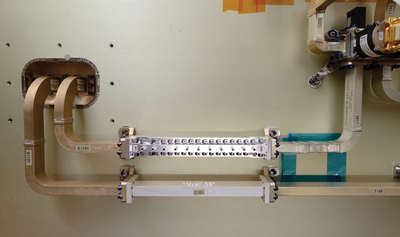
A 3D RF filter designed by Airbus Defense and Space is integrated into the satellite payload. The new filter reduces weight by 50% compared to the previous design.
New application for metal 3d printers proven
3D Systems’ facility in Leuven, Belgium, has been using the 3D System ProX DMP 320 since the machine was in the testing phase. Successful projects include topology optimization, weight loss and part consolidation for spaceflight validation parts such as frames and termination accessories for telecommunications satellites. The Airbus Defense and Space project is the first foray into RF Systems Leuven’s filters.
The ProX DMP 320 metal 3d printer is designed to provide high precision and high throughput in demanding 24/7 production environments. There are a variety of LaserForm alloys (titanium, stainless steel, aluminum, nickel chrome and cobalt chrome) that are engineered and tuned for this metal printer to provide high quality and consistency.
Exchangeable production modules provide flexibility and reduce downtime when moving between different materials. A controlled vacuum chamber ensures that every part is printed with proven material properties, density and chemical purity.
Breakthrough innovative design
The Airbus Defense and Space Filter project demonstrates the ability of 3D printing to enable new design innovations for aerospace parts that have not changed significantly in decades.
RF filters are traditionally designed based on libraries of standard elements, such as rectangular cavities and waveguide cross-sections with perpendicular curves. Shape and connection are controlled by typical manufacturing processes such as milling and sparking. As a result, cavities for RF filters often need to be machined from two halves joined together. This increases weight, adds an assembly step to production time, and is additional demanding
quality evalution.
Designing metal 3d printed parts allows Airbus Defense and Space to explore complex geometries without additional manufacturing costs.
CST MWS, a standard 3D electromagnetic simulation software tool, is used to design 3D printed RF filters, with little time spent on optimization. The manufacturing flexibility enabled by the 3D printing process has led to a design that uses a dominant ellipsoidal cavity. The unique shaping has helped direct the RF currents and provide the necessary balance between Q factors – a measure of waveguide efficiency based on lost and rejected energy.
Out-of-band signal.
Koen Huybrechts, project engineer for 3D Systems at Leuven, says: “The disruptive innovation lies in the fact that pure functionality, not manufacturability, now determines how hardware is designed. . “This project is a classic example of ‘form follows function’.”
“The main benefits of a monolithic design enabled by 3D printing are volume, cost and time,” says Paul Booth, RF engineer at Airbus Defense and Space in Stevenage, UK. quantity is reduced because screws are no longer required. With direct printed metal, there is also the no-cost bonus of having the outer profiles more closely follow the inner profiles, so only the truly necessary metal needs to be used. Cost/time benefits stem from reduced assembly and post-processing. “
Eliminate surface concerns
Initially, different surface topology in 3D printed metal parts was thought to be an issue, but extensive testing by Airbus Defense and Space eliminated those concerns.
“The microscopic topology is different in a 3D printed part than in a machined part,” Booth said. “Machined surfaces have sharp peaks and troughs, whereas 3D printed surfaces are spherical substances that melt together. so the sharpness is less.”
“The spherical shape of the powder particles used in 3D metal printing leads to a certain fluctuation rather than a sharp transition,” says Huybrechts, “but the ability to create a part to filter the signal more effectively overcomes any concerns with surface topology.”
Booth said: “We were very pleased with the work that 3D Systems did for us and many people within Airbus commented on how well the surface finished. “We did some beam CT scans X and was impressed with the part’s density and overall surface quality.”
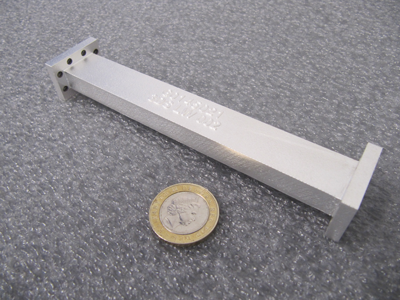
The 3D RF filter designed by Airbus Defense and Space merges two parts into one and reduces total mass. Metal 3D printing enables faster production and lower costs.
Strict inspection system
Three aluminum models printed on the ProX DMP 320 using different processing paths were tested by Airbus Defense and Space at its Stevenage facilities. The tests mimic the conditions components face during launch and orbit, including vibration, shock and thermal events such as extreme temperatures and vacuum conditions. All three models met or exceeded the requirements, with the best performance coming from a filter that had been silver plated through an electrolytic process.
In addition to 3D printing, 3D Systems provides added value that is critical to this type of project, including certified powder handling, process control for superior material density, quality testing post-processing quality and reliable quality control.
Booth recognized that this addition played a key role in the project’s success: “We realized that this was about more than just using a good machine to produce a part, but also the result of 3D Systems’ good understanding of the manufacturing process.”
Huge ROI potential
Now that the process has been validated and the parts have met the highest spaceflight standards set by Airbus Defense and Space, the company can begin to look at the return on investment for 3D metal printing. The project delivered the kind of ROI that makes a CFO’s eyes sparkle: faster turnaround times, reduced production costs, and a cool 50% weight reduction.
” Mass has been reduced without spending time on optimization,” Booth said, and it could be reduced further with a more robust mechanical design. Mass is reduced, reducing costs by requiring less propellant in the rocket and reducing the need for support structures, allowing for further mass reduction.
“The success of this project opens up the possibility of greater integration of RF filters with mechanical and thermal components to reduce number and total mass. We will also look at integrating multiple functions as test couplers as part of filters or directly integrated into waveguides. There is a lot of potential to reduce mass while cutting production time and costs.”
TIN TỨC KHÁC
